Health & Science
A breakthrough in growing human hair; Sleep washes the brain; A true measure of aging; Gold in the trees
A breakthrough in growing human hair
Scientists have grown new hair on hairless human skin for the first time, offering hope for a real cure for baldness. Researchers had previously succeeded in getting the hair-growing dermal papilla cells of mice to reproduce in petri dishes and yield new follicles when transplanted back to the rodents. But they could never get similar human cells to form the microscopic clumps that seemed to allow those mouse cells to develop properly and sprout hair. “We began thinking that maybe if we could get the human cells to aggregate like the mouse cells, that might be a step toward getting them to form new follicles,” Columbia University hair geneticist Angela Christiano tells ScienceMag.org. Her team achieved just that by culturing the cells in hanging droplets rather than on flat petri dishes, allowing the cells to touch one another in three dimensions and exchange the signals necessary to fully develop. Those cells then created follicles that produced strands of entirely new hair. This could lead to a major advance over existing baldness treatments, which transplant hair from one part of the head to another. Christiano hopes to begin testing the new method in human clinical trials within three to five years.
Sleep washes the brain
The Week
Escape your echo chamber. Get the facts behind the news, plus analysis from multiple perspectives.

Sign up for The Week's Free Newsletters
From our morning news briefing to a weekly Good News Newsletter, get the best of The Week delivered directly to your inbox.
From our morning news briefing to a weekly Good News Newsletter, get the best of The Week delivered directly to your inbox.
Why do people and animals sleep? This question has long puzzled scientists and sparked several competing theories. A new study on mice claims to have found the answer: The brain physically cleans itself during sleep, essentially running a nighttime rinse cycle that flushes out toxins that build up during the day. “The brain only has limited energy at its disposal, and it appears that it must choose between two different functional states: awake and aware or asleep and cleaning up,” University of Rochester neurologist Maiken Nedergaard tells BBC.com. She found that during sleep, the cells in a mouse’s brain shrink dramatically, increasing the space between them by some 60 percent. That allows cerebrospinal fluid to circulate more freely and wash away cellular waste. Upon waking, the brain cells enlarge and the flow slows to a trickle. Among the residue removed from the brain during sleep is beta-amyloid, a plaque-like substance that is a hallmark of Alzheimer’s. Nedergaard says it’s probably no coincidence that diseases associated with dementia are linked to sleep disorders, raising the possibility that adequate sleep may be important in slowing the progression of brain damage.
A true measure of aging
Scientists have discovered a new biological clock ticking inside all our cells and figured out how to read it, the Los Angeles Times reports. UCLA researchers say this new “epigenetic clock” is calibrated by methylation, a natural process that modifies DNA over time by turning some genes on and others off. By studying some 8,000 methylated cell samples, geneticist Steve Horvath and his team mapped out how 353 DNA markers change throughout a lifetime in 51 different types of tissue. The calculations yielded some telling surprises. Women’s breast tissue, for example, appears to age about two or three years faster than the rest of their bodies, and cancerous tissue looks an average of 36 years older than healthy tissue. By contrast, people’s cardiac muscles were found to have a biological age an average of nine years younger than their birth dates would suggest. Horvath hopes that the new measuring technique may help predict whether a person’s body is becoming susceptible to diseases such as cancer. “If we see a drastic acceleration in tissue aging, that would suggest we should start looking for clues to an underlying problem,” he says.
Gold in the trees
A free daily email with the biggest news stories of the day – and the best features from TheWeek.com
Money doesn’t grow on trees, but gold just might. The roots of eucalyptus trees have been found to tap into deeply buried deposits of the precious metal, absorbing and then shuttling particles upward to their leaves. “We were astounded at the capability of the eucalyptus trees to bring up gold from the equivalent [height] of a 10-story building,” Australian geochemist Melvyn Lintern tells LiveScience.com. The study examined leaves, twigs, and bark from trees in two sites in Australia known for their underground stores of gold. One previous explanation held that the leaves could have been dusted with gold as a side effect of drilling. However, by using a special X-ray probe, researchers confirmed that the particles were located within the plant’s vascular tissue, at an average concentration of about 46 parts per billion; greenhouse experiments also found that eucalyptus saplings grown in soil dosed with gold showed the same effects. The gold’s presence in the leaves may be evidence that the eucalyptus is trying to rid itself of the toxic heavy metal by transporting it to its extremities. Researchers are optimistic that the findings could offer a less expensive and excavation-free way for mineral exploration companies to prospect.
-
 A lemon-shaped exoplanet is squeezing what we know about planet formation
A lemon-shaped exoplanet is squeezing what we know about planet formationUnder the radar It may be made from a former star
-
 Political cartoons for January 4
Political cartoons for January 4Cartoons Sunday's political cartoons include a resolution to learn a new language, and new names in Hades and on battleships
-
 The ultimate films of 2025 by genre
The ultimate films of 2025 by genreThe Week Recommends From comedies to thrillers, documentaries to animations, 2025 featured some unforgettable film moments
-
 5 recent breakthroughs in biology
5 recent breakthroughs in biologyIn depth From ancient bacteria, to modern cures, to future research
-
 Bacteria can turn plastic waste into a painkiller
Bacteria can turn plastic waste into a painkillerUnder the radar The process could be a solution to plastic pollution
-
 Scientists want to regrow human limbs. Salamanders could lead the way.
Scientists want to regrow human limbs. Salamanders could lead the way.Under the radar Humans may already have the genetic mechanism necessary
-
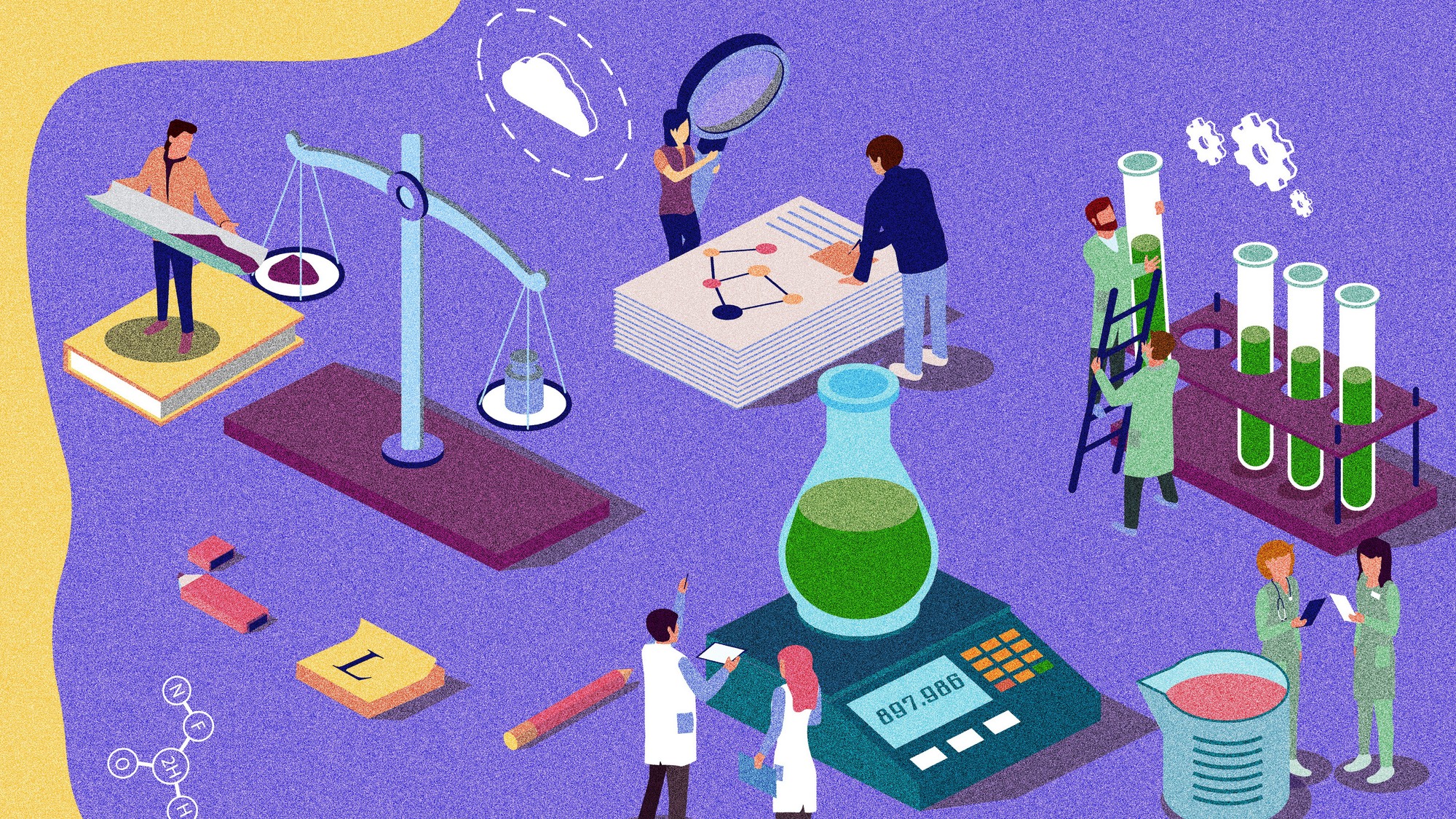 Is the world losing scientific innovation?
Is the world losing scientific innovation?Today's big question New research seems to be less exciting
-
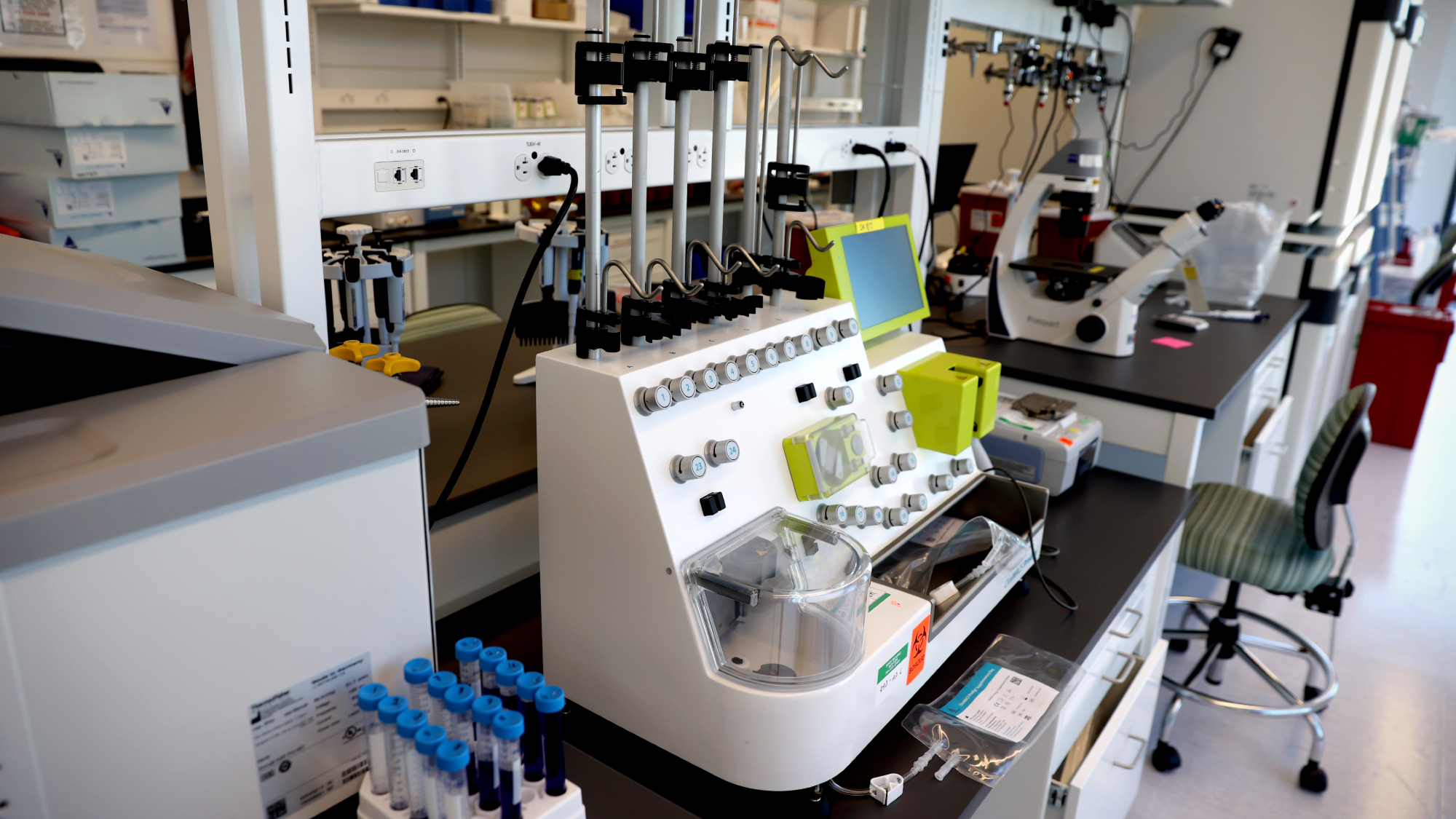 Breakthrough gene-editing treatment saves baby
Breakthrough gene-editing treatment saves babyspeed read KJ Muldoon was healed from a rare genetic condition
-
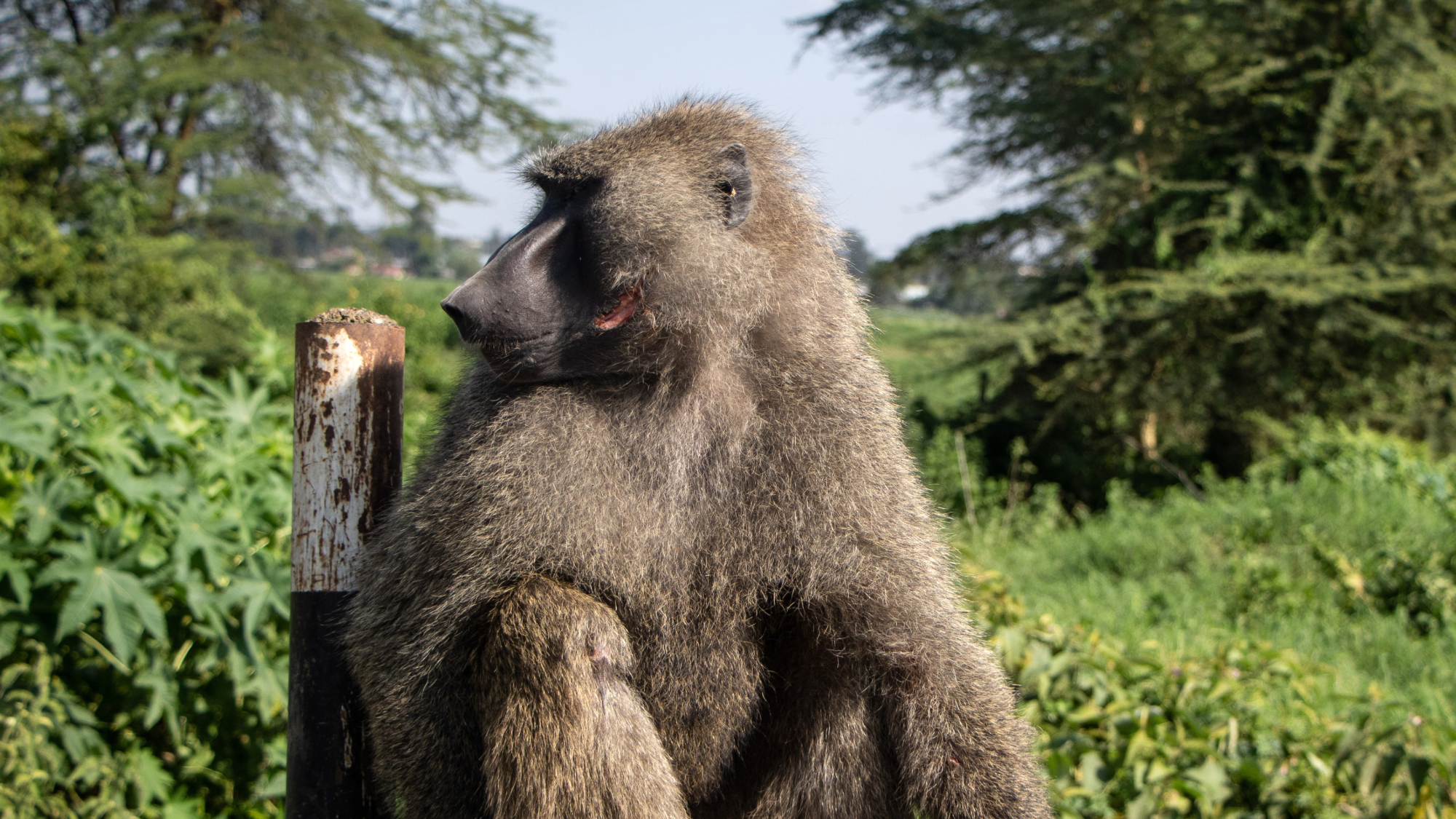 Humans heal much slower than other mammals
Humans heal much slower than other mammalsSpeed Read Slower healing may have been an evolutionary trade-off when we shed fur for sweat glands
-
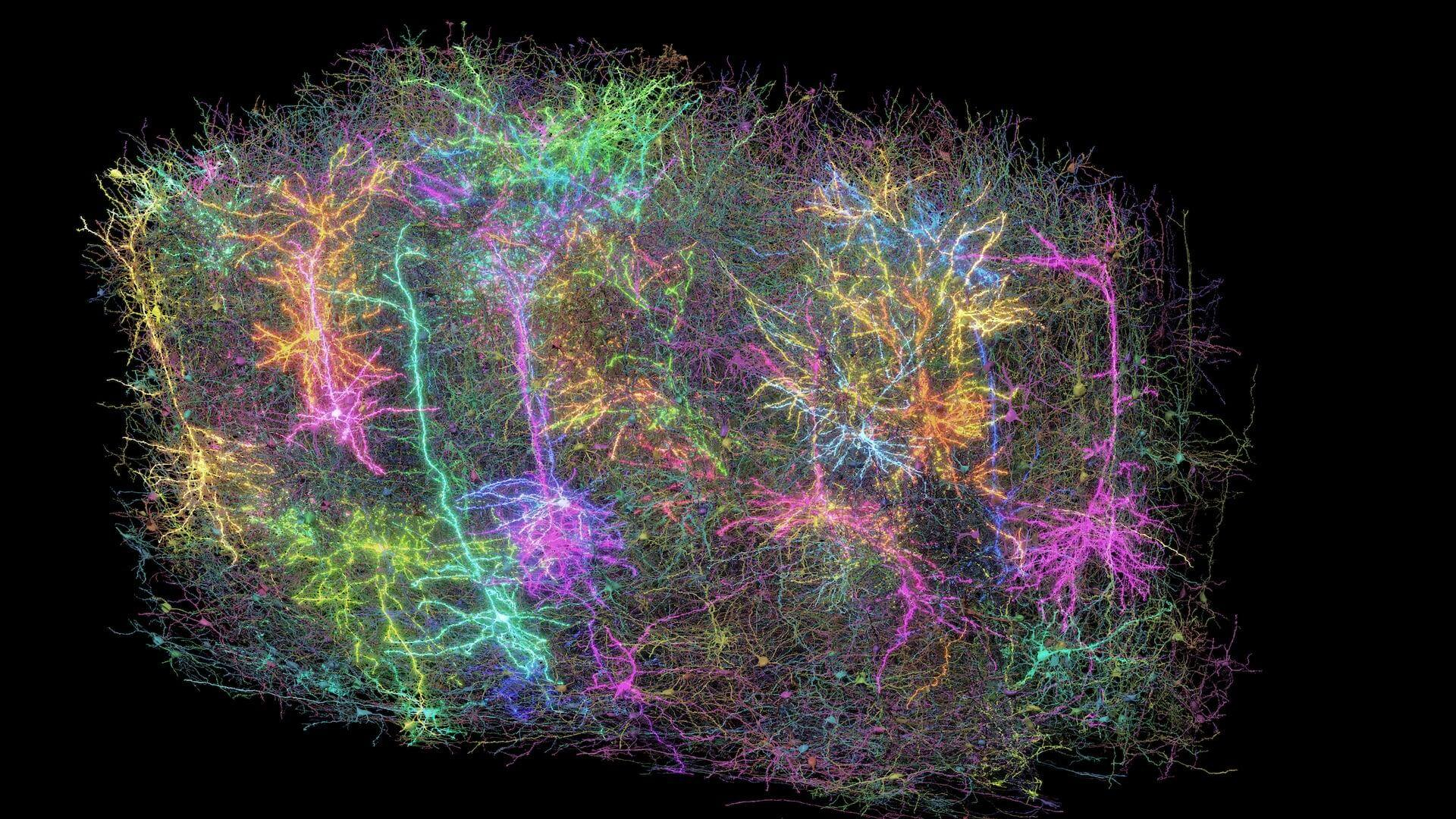 Scientists map miles of wiring in mouse brain
Scientists map miles of wiring in mouse brainSpeed Read Researchers have created the 'largest and most detailed wiring diagram of a mammalian brain to date,' said Nature
-
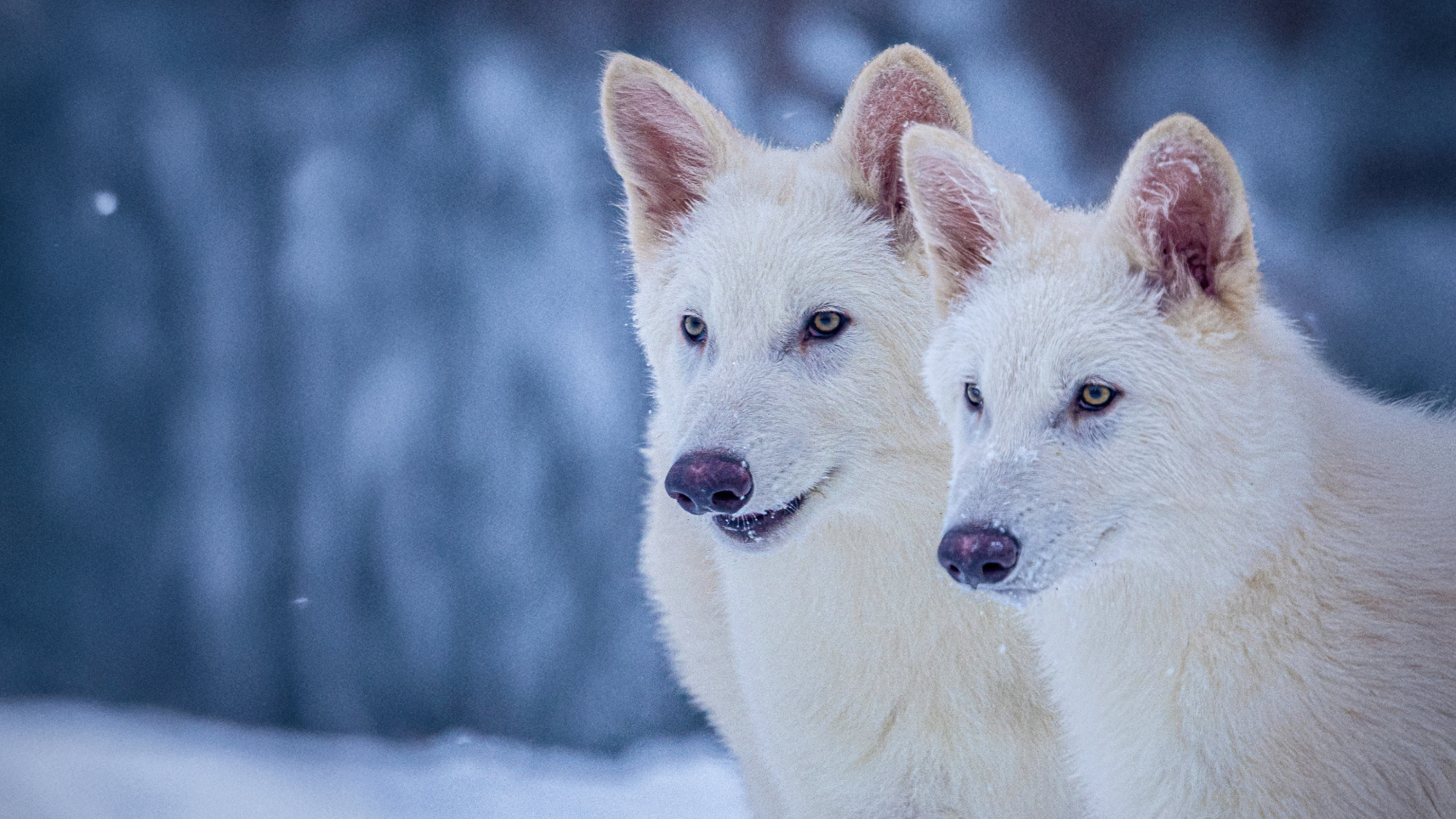 Scientists genetically revive extinct 'dire wolves'
Scientists genetically revive extinct 'dire wolves'Speed Read A 'de-extinction' company has revived the species made popular by HBO's 'Game of Thrones'